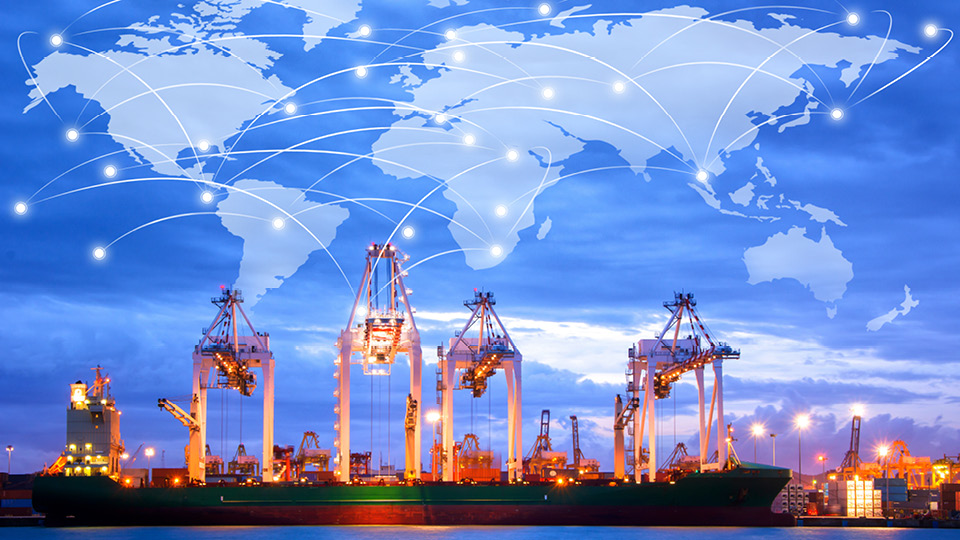Acquisition cements leadership position of MercuryGate’s Smart Transportation platform with the addition of automated, intelligent and easy to use customs and trade compliance capabilities
CARY, N.C. – November 14, 2023 – MercuryGate® International, Inc., (MercuryGate) the largest dedicated transportation and logistics management solutions provider, today announced it will usher in a new era for global customs and trade compliance with the acquisition of International Trade Systems (ITS), the leading SaaS provider of cross border customs clearance capabilities.
“ITS is a great fit for MercuryGate and our customers,” said MercuryGate President & CEO Joe Juliano. “With the addition of ITS global trade compliance capabilities and their highly talented team of experts we address one of industry’s most pressing needs and extend the value, intelligence and power of our purpose-built TMS platform for all modes, geographies and buyer types. Additionally, we are excited to further expand MercuryGate offerings for Freight Forwarders and deliver enhanced capabilities to this customer segment.
Founded in 1989, ITS has exclusively focused on providing advanced customs and trade compliance capabilities for the international trade community. More than 200 customers and 5,000 users including customs brokers, importers and freight forwarders leverage ITS software to improve efficiencies, drive automation, leverage data for actionable intelligence, control costs, reduce the risk of non-compliance despite almost daily changes in trade requirements and increase customer satisfaction. The acquisition will add more than 40 subject matter experts collectively bringing several hundred years of custom compliance experience.
ITS NXGEN platform delivers key efficiencies and benefits including:
- Centralized management of all customs-related data to easily access, retrieve and analyze information.
- Automated export and import document management, including government agency, security and manifest filings.
- Automation of repetitive workflows like manual exporting and uploading.
- Identification and screening of denied parties.
- Integration between systems such as accounting or shipping software for real-time tracking, more control and improved efficiency.
- Regular updates of latest laws, documents and regulations.
About International Trade Systems
About MercuryGate
MercuryGate’s Smart Transportation™ suite provides powerful transportation and logistics management solutions proven to be a competitive advantage for today’s most successful shippers, 3PLs, brokers and carriers. The comprehensive Software-as-a-Service (SaaS) product suite natively supports all transportation modes and segments, generating value for its users through improved cost, productivity and efficiency using artificial intelligence (AI), machine learning (ML) and connected technologies to adapt and automate transportation management functions. Smart Transportation makes shipping intelligent, simple, sustainable, and transformative for customers. Learn more about MercuryGate at www.mercurygate.com.


